America’s Boom in Abandoned, Vacant Schools
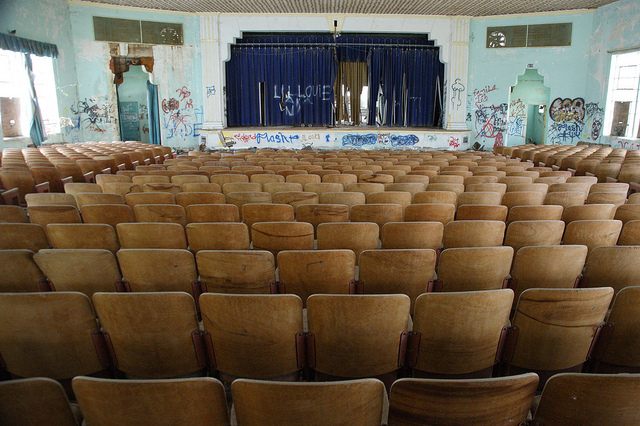
An abandoned school (Photo: Nitram242/Flickr)
Boynton Beach’s old high school is a beautiful building. It was built in 1927, by William Manley King, a south Florida architect of some renown, and if you look closely, you might notice that it has Art Deco lines integrated into its Mediterranean revival form.
“I haven’t seen any other building in South Florida that tried to blend both styles of architecture,” says Rick Gonzalez, president of REG Architects, a firm based in West Palm Beach.
The building is undoubtedly unique, but at the beginning of August, city commissioners voted to knock it down.
The high school has been vacant for the last 15 years; for about a decade before that it was used as storage. Elementary and middle school students were in class here until 1990, but the building hasn’t been used for its original purpose—a high school—since 1949.
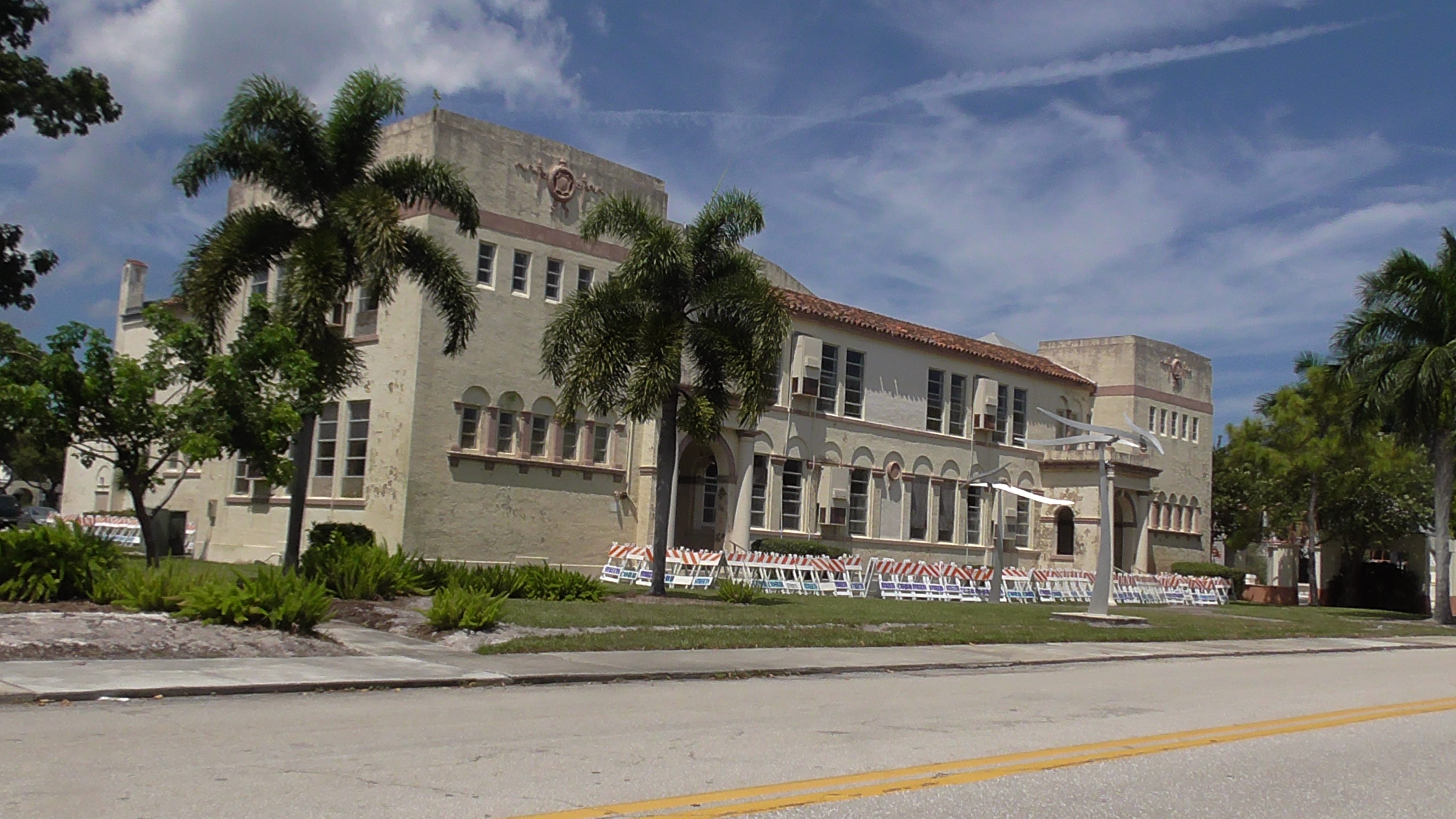
The old Boynton Beach high school (Photo: REG Architects)
The building may still have a chance: two weeks after the initial vote, the city decide to give Gonzalez four months to come up with a plan to redevelop the building. But there’s no guarantee: “We’ve done eight studies in 15 years, on this one building, and none of them have panned out.”
Boynton Beach is far from the only city saddled with old school buildings. For a decade, from 2001 to 2011, about one to two percent of America’s total stock of schools closed each year. Despite the yearly loss of between 1,400 to 2,160 schools, the total number of schools has actually stayed relatively stable, between 98,000 and 99,000 schools, according to the federal Department of Education.
But the closed schools still represent a blow to local communities. “Communities feel more ownership over a school build than they might over another abandoned building,” says Emily Dowdall, who’s written two Pew Charitable Trusts reports on the topic of shuttered schools. “It’s seen as a community asset. When it’s closed, it’s seen as a loss, and one that’s shared by the whole neighborhood.”
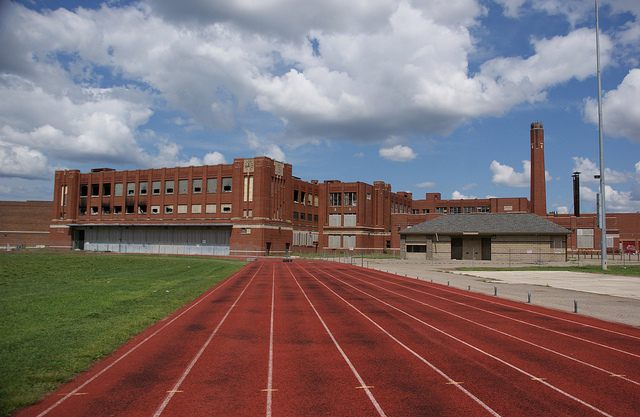
No one’s using this track now (Photo: Nitram242/Flickr)
Cities all across the country are dealing with this issue. St. Louis is trying to sell 22 schools. The Wisconsin state legislature has ordered Milwaukee to put its vacant schools on the market. In 2013, Philadelphia shut down 23 schools. In Iowa, hundreds of school buildings have been vacated since the 1950s. A few years ago, Detroit’s public school district had more than 200 vacant properties in its real estate portfolio; last year, the district gave 57 to the city in exchange for debt forgiveness.
Some of these schools are reborn. In Philadelphia, the hottest bar in town right now, the Awl reports, is Le Bok Fin, a gastropub temporarily set on the rooftop of one of the schools closed two years ago. In Portland, Oregon, one company transformed an old school building into a hotel: there’s a bar in the old boiler room, a brewery in a girls bathroom, and a movie theater in the auditorium. Some of the rooms still have chalkboards in them. In 2012, St. Louis sold an elementary school to the Universal Buddhist Congregation, for use as a monastic institute.
But many more buildings have remained empty. A couple years back, when the Pew Charitable Trusts looked at shuttered schools in 12 districts across the country, its researchers found that since 2005, the districts had found new owners or uses for 267 properties, but still had 301 unused sites up for sale.
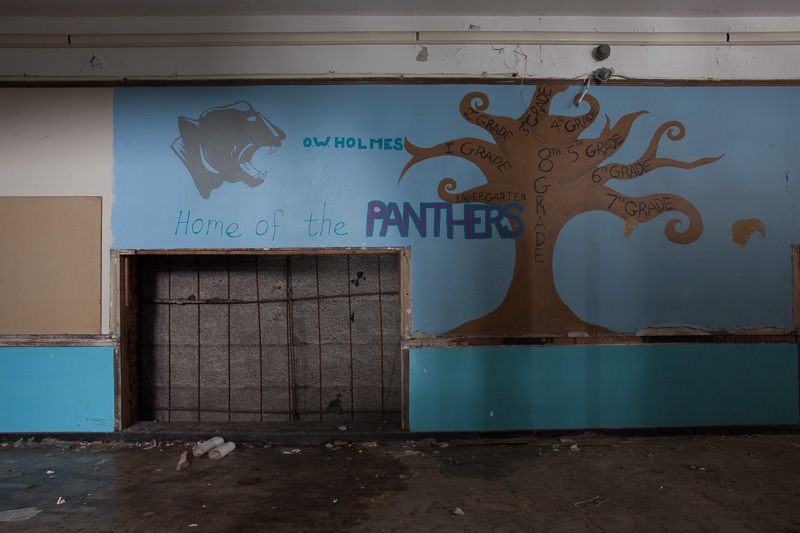
An old elementary school (Photo: Detroiturbex.com)
There are several big trends contributing to today’s empty schools. The baby boom necessitated a school building boom, but as those kids grew up, they moved away from their hometowns, or had fewer kids of their own. Cities like Detroit lost huge portions of their population, and demand for schooling dropped in kind.
In other cities, the population might have stabilized, but the people who are living in urban areas these days tend to be younger and childless. On top of all this, city budgets have been tightening, giving an incentive to consolidate less-than-full schools into a smaller number of spaces.
Schools are somewhat singular buildings, with soaring gymnasiums, dark auditoriums, science labs, offices, and classrooms. Explorations of abandoned schools might turn up old music rooms full of drums or brightly colored murals.
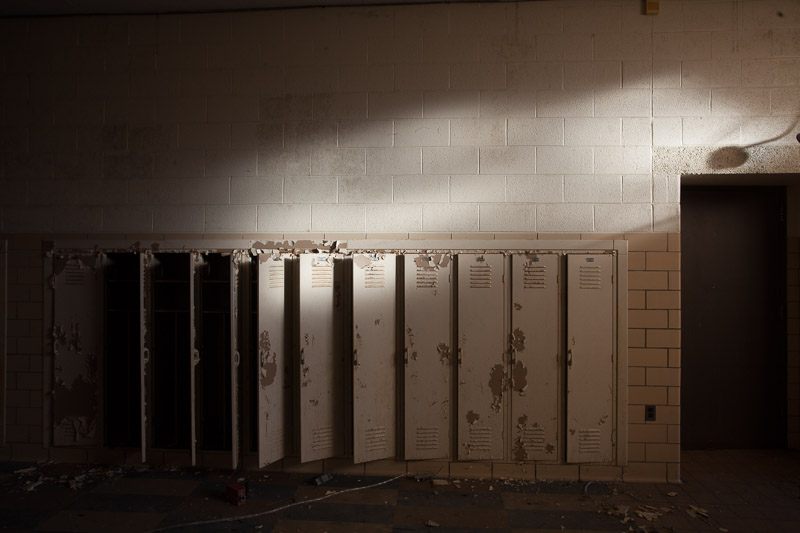
Kosciusko Elementary School (Photo: Detroiturbex.com)
But some schools—the historic ones, like Boynton Beach’s—lend themselves more easily to reuse.
“A lot of those schools are architecturally gorgeous,” says Alan Mallach, a senior fellow with the Center for Community Progress, who’s been working with older cities for years. “Almost all school built before World War II were designed to be lit with natural light and ventilated. The floor plans weren’t too large. Those convert very nicely to apartments or small, boutique office space.”
The schools built from the 1950s onwards, to accommodate baby boomers, are less adaptable, lacking in natural light, and dependent on air condition. “They’re not very well built, they’re not very attractive, and they tend to be one-story boxes,” says Mallach.

A music room, once (Photo: Detroiturbex.com)
In the 2013 report, the Pew Charitable Trusts looked at how buildings that were sold were reused. The largest portion, 40 percent, became charter schools, they found.
“That’s the easiest thing to do with a school building—make it a school again,” says Dowdall. But she and her co-author found that schools had also been transformed into homeless shelters, churches, community centers, offices, recording studios, daycare facilities, a tech center, shopping centers, and condos. Many schools, too, have been transformed into subsidized low income housing, where there’s demand for it. And ultimately, the economic state of the neighborhood in which the school is located will have a strong influence on its fate.
“There’s not going to be a market to turn every school into a boutique hotel,” says Dowdall.

Kosciusko Elementary School (Photo: Detroiturbex.com)
That’s part of what’s kept the school in Boynton Beach empty for so long. But the neighborhood is changing. “West Palm Beach is to the north, and Delray Beach is to the south. They’re both thriving urban areas. Boynton Beach is like the little step sister that never went to the dance,” says Gonzalez. “Now it’s being discovered. There are two old houses that are being turned into restaurants. There’s a mixed use project going up to the east. There’s a marina that the city owns that it’s just finished remodeling.”
He hopes that this time, the building might get a second life. “The school has wood floors and exposed steel trusses on the second floor. There aren’t a lot of buildings like that here,” he says. “it has cool old chalkboards that we want to leave. It has a lot of potential.”
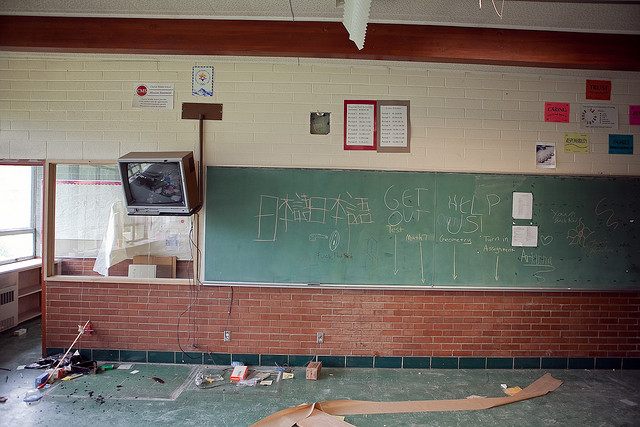
Clayton Intermediate School, in Salt Lake City, before demolition (Photo: Jared Eberhardt/Flickr)
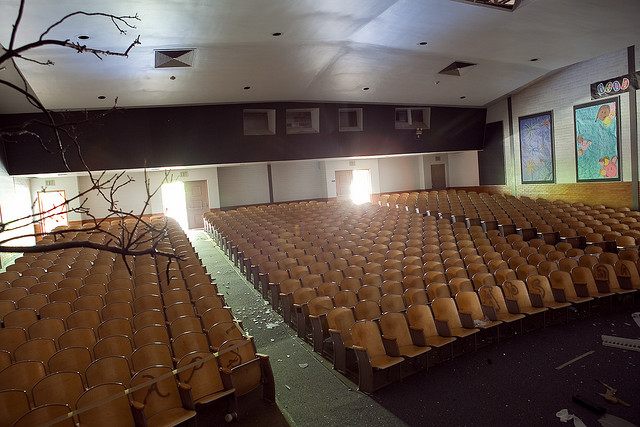
Clayton’s auditorium (Photo: Jared Eberhardt/Flickr)
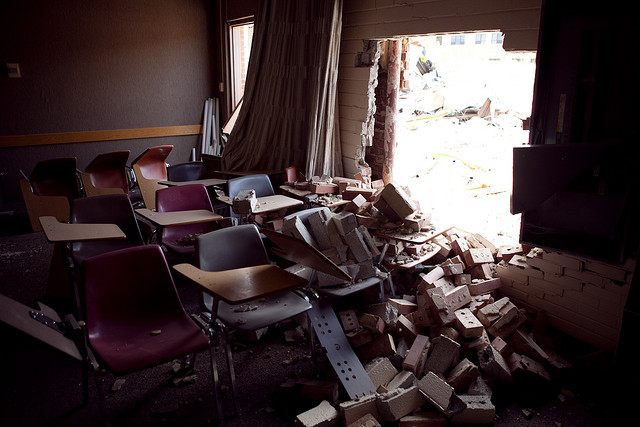
Sometimes old schools are knocked down, often an expensive outcome (Photo: Jared Eberhardt/Flickr)
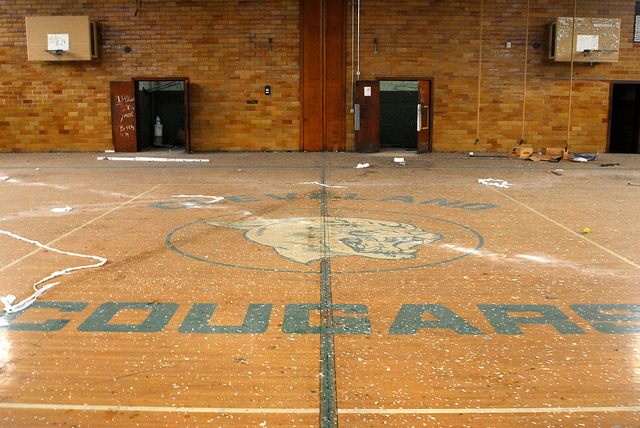
Back in Detroit (Photo: Nitram242/Flickr)

Prospect Middle School, in Connecticut (Photo: Matthew Hester/Flickr)















Follow us on Twitter to get the latest on the world's hidden wonders.
Like us on Facebook to get the latest on the world's hidden wonders.
Follow us on Twitter Like us on Facebook